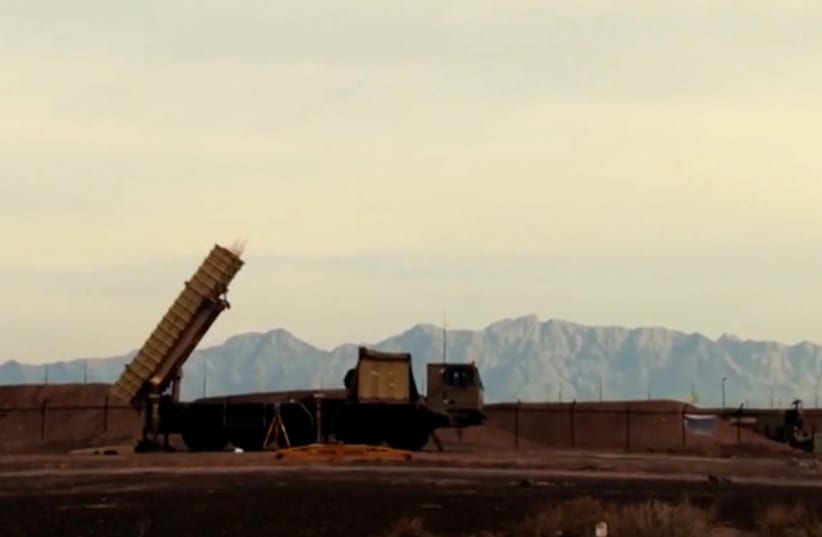But what really happened? Al-Ain media in the Gulf speculates on numerous holes in Iran’s official story.Images show a burned field. It may have been an “external cyberattack aimed at sabotaging the facilities.”The attack is noteworthy, Al-Ain says, because it is not the first of its kind. This reveals details about a previous mysterious explosion at a military barracks that killed one of the co-founders of the Islamic Revolutionary Guard Corps' missile program in 2011.The article claims that this area is home to a wide variety of explosives, missiles and military equipment. Analysts, however, have not studied the clips of what happened.Al-Ain says that this reveals that the Khojir area is of great importance but has been overlooked due to a focus on the nuclear program and Parchin.Khojir plays a key role in Iran's ballistic missile program. The mountainous region, near a nice national park that belongs to the state, is festooned with Iranian Defense Ministry posts linked to Iran’s Space Industries Organization.The Shahid Bagheri Industrial Group and Shahid Hemat Industrial Group are linked to this organization as subsidiaries. The first of these groups builds the solid fuel for the rockets that Iran uses while the second makes the liquid fuel for Iran’s ballistic missiles, the report claims.The Khojir area has other unknown facilities.“It is not known at the present time the nature of these military installations,” the article stated.However, the production of many kinds of chemicals can be seen from space, including blue plastic industrial barrels on satellite images. The analyst argues that the area run by the Shahid Bagheri Group is where the explosion happened.Why did Iran then claim that the explosion happened in Parchin, 20 kilometers away? Mysteries abound. It is likely, Al-Ain’s report claims, that this was to distract from the secretive nature of Khojir. Shahid Bagheri Group has allegedly been working on the solid fuel aspect of the Fajr rockets Iran uses.Khojir has been named previously in a 2008 US Congressional report.The National Council of Resistance of Iran claimed that Khojir was an Iranian Defense Ministry secret facility code named B1-Nori-8500 “engaged in the development of nuclear warheads for intermediate-range ballistic missiles."Secret US diplomatic reports leaked years ago revealed that in 2007, Iran and North Korea were working on ballistic missile technology in unison; it was believed that Shahid Bagheri Industrial Group “is the probable end user” of parts linked to missiles.Concerns were raised then that Bank Sepah of Iran, which had been designated by the US for supporting Iran’s Aerospace Industries Organization, was seeking to open a branch in Baghdad. These Iranian groups also tried to procure “dual-use” trucks from Germany, according to a 2008 report.The reports show that the Khojir area needs more focus.“While Parchin has gained notoriety for its role in Iran’s pre-2003 nuclear weapons program, Khojir has generally escaped public scrutiny despite being the single most important site associated with Iran’s ballistic missile program. The vast area nestled https://t.co/lAqccHPMeQ
— Alireza Nader علیرضا نادر (@AlirezaNader) June 27, 2020
Iran 'mystery' explosion may have been at a secret ballistic missile site
Regional media is now speculating that something worse may have happened when a massive explosion caused light in the night skies over Iran last week.
